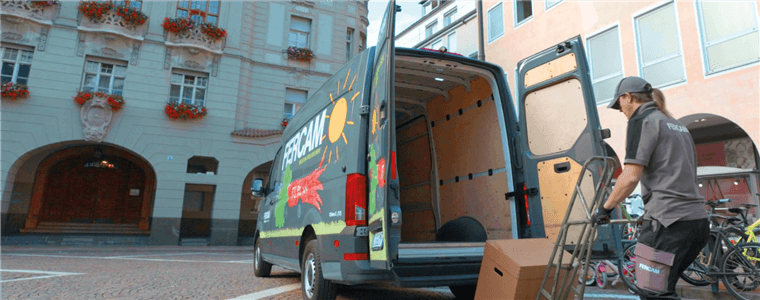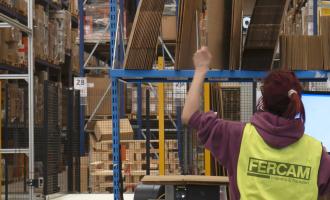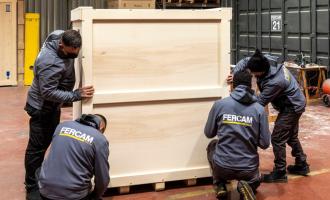
E-commerce and customer delivery: B2C logistics management
The pandemic has led to new economic and social trends that we are only now beginning to understand in their entirety. The emergence of online purchasing practices on Marketplace and e-commerce platforms brings with it the need to manage home delivery through specialized logistics operators.

We often refer to Covid as a period of revolutions and change: smart working, food delivery services, e-commerce purchases, and the evolution of digital retail, all became quickly part of our everyday life. But was it really a revolution? As in all transition phases, we are only now starting to realize what happened and what kind of impact all of this has had. It was certainly not a sudden and unforeseen development, since most of the retail and e-commerce platforms we use every day already existed, as well as the digital marketplaces or platforms for sales and exchanges between individuals.
What has really changed is the quality with which this galaxy of services has been guaranteed. Targets that were inconceivable before the pandemic have now been reached. The digital marketplace was only one of the methods for evaluating a product, while today it is estimated that 63% of purchases start online. According to a recent analysis, the incidence of B2C e-commerce purchases on total retail sales has in fact grown, leading to an increase in the sale of both products and services. In 2021, online purchases are worth 39.4 billion, with 2.14 billion people shopping online in the last year.
Online shopping represents a challenge for the supply chain and for those who have to organize transport, especially in what is related to last-mile deliveries. Reaching the final recipient is only part of a process in which all parties involved must be perfectly coordinated. In fact, the logistics warehouses where products are picked are often centralized and can also be located throughout Europe.
All-round logistics operators are called upon to make an important effort to provide an excellent service from a B2C perspective. The journey of a product purchased online starts from the receipt of the order in a logistics department, where a warehouse operator will select the correct reference to begin the required assembly. Once the order is completed with the purchased references, everything can leave the warehouse and be shipped, reaching the last mile branch that finally will carry out the delivery. But this is not it.
How to guarantee our final customer a service that lives up to expectations? If we buy an appliance or a piece of furniture online, we now expect to be able to choose delivery options to the floor, and on appointment. But we may also demand installation, assembly, assistance, collection, or disposal of packaging and complete WEEE management. Good handling of B2C logistics requires the support of partners able to provide an adequate service to the recipient, with tailor-made solutions according to the type of product that has been purchased.
FERCAM Home Delivery offers specific solutions throughout the national territory for the management of deliveries to the end customer. A high added value service is provided by dedicated staff, which allows you to reach private individuals, shops, and offices by making deliveries to the floor, managing used and returned items where necessary, and installing furniture components and appliances with specialized personnel.


 Language
Language

























